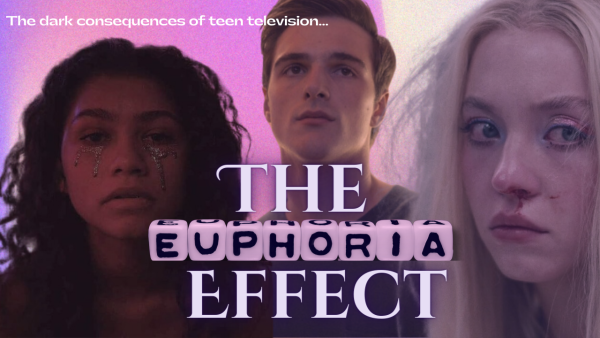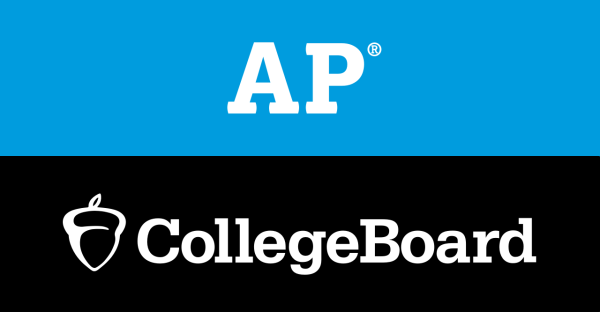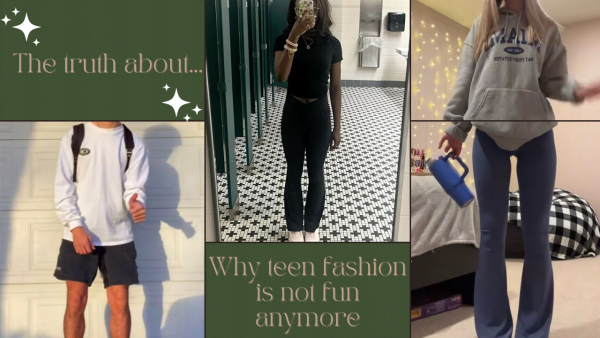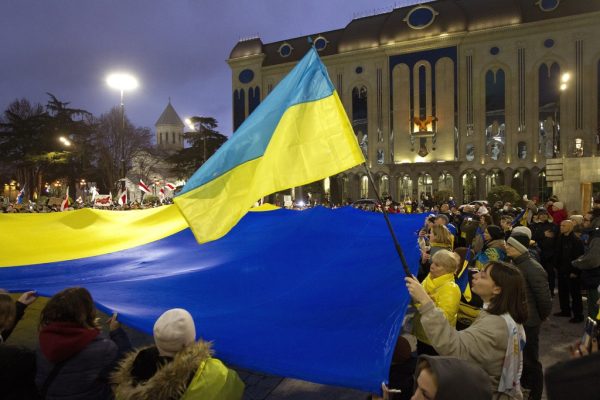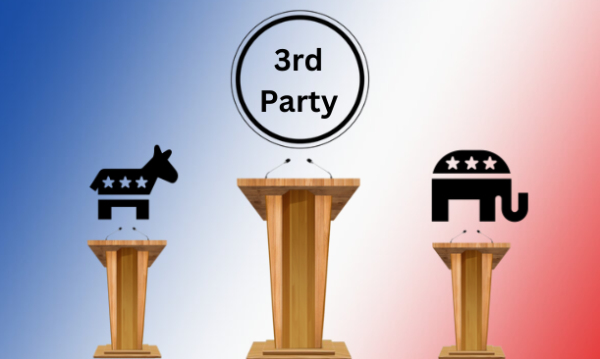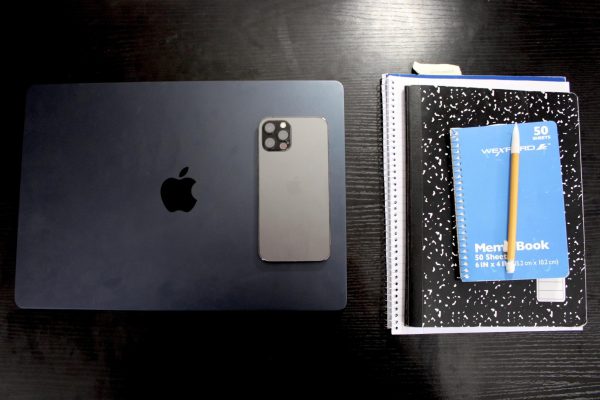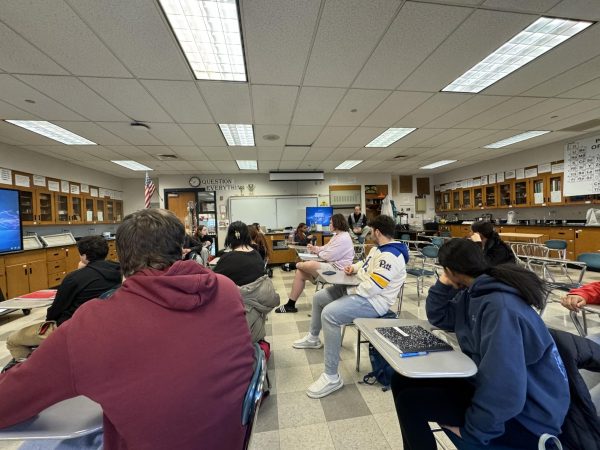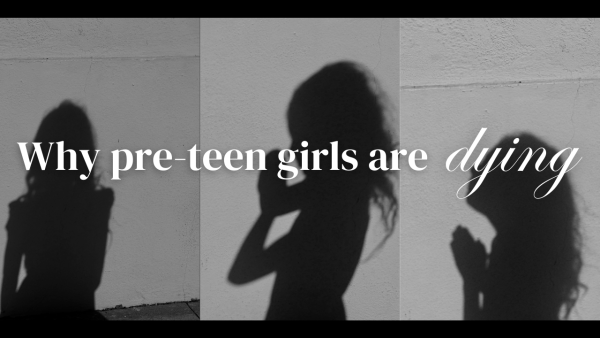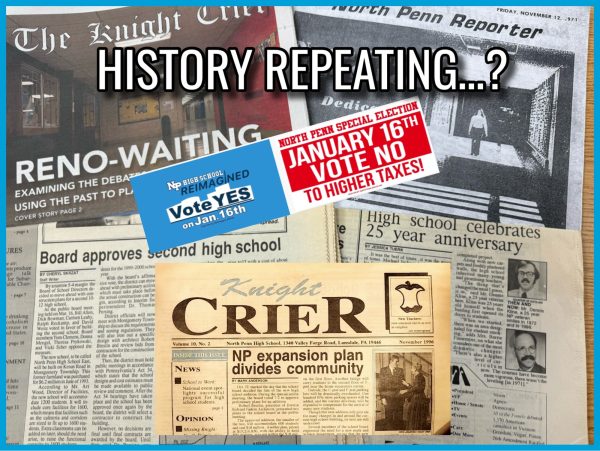A Healing Component
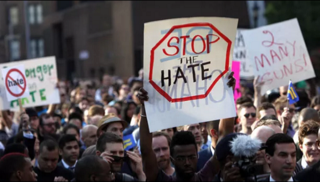
Members of the LGBT community and their supporters gather to speak out after a string of bias attacks, including the fatal shooting of 32-year-old Mark Carson on Saturday, during a rally in New York’s Greenwich Village, Monday, May 20, 2013. (AP Photo/Jason DeCrow)
At the dawn of a new year, our country still faces a divide. In 2017, the use of hackneyed derogatory terms and hate crimes often lead to violence and conflict among people of different cultures, backgrounds, and religions. Political rallies where leaders campaigned for the best interest of our country became campgrounds for vitriolic behavior.
According to the Uniform Crime Report, there were 5,850 hate crimes in 2015. Of the single-bias hate crimes, 56.9 percent were motivated by a race, ethnicity, or ancestry bias, 21.4 percent were prompted by religious bias, 18.1 percent resulted from sexual-orientation bias, 2.0 percent were motivated by gender-identity bias, 1.3 percent were prompted by disability bias, and 0.4 percent were motivated by a gender bias. In addition, 4,029 single-bias hate crime offenses were motivated by race, ethnicity, or ancestry. Of these offenses the two highest crimes were anti-Black or African American at 52.7 percent, and anti-White bias at 18.2 percent. Hate crimes motivated by religious bias accounted for 1,354 offenses. Of the highest religiously motivated hate-crimes, 51.3 percent were anti-Jewish, and 22.2 percent were anti-Islamic or Muslim.
The increase in hate crimes is not coincidental, it stems from the media and music industry which constantly emphasizes our differences. The heavy use of derogatory terms in everyday language is a detrimental attribute to American society.
Some claim that the use of derogatory terms is an attempt to relate to cultures that are different from their own, and that their intended meaning is misunderstood. Still, their use of offensive words actually undermine the lack of cultural harmony and understanding in America. Everyday language, music, and social media would have one believe that it is acceptable to use such terms. Even though these terms are an unfortunate part of the American culture, this does not validate the right to use them.
How does one go about blending the cultures in a country with such a wide range of backgrounds? They can’t, nor should they. America is a country that is built upon a potpourri of ethnic cultures. Every individual adds to this country’s rich ethnicity.These different cultures should be able to live united despite their perceived differences in the United States.
This problem is not mannerisms, but rather an insensitivity and lack of respect for others of different backgrounds. People refuse to take the time to truly learn and understand other cultures. The words they use when describing others different from themselves are often used with an attempt to degrade and their choice of words are often offensive to the people they are engaging.
It is too easy to say that the words mean nothing; they do mean something. They show the lack of progress this country has made. We are not in any post-racial America. The mindset of older generations have been passed down to the younger generations.
There are different terms in every ethnic group that are used in everyday vocabulary. Members of the LGBTQ community, various racial minority communities, and religious communities have been the major victims of assault. They are not the only groups who have been attacked by such terms.
People should make a an honest effort to build more awareness of each other’s cultures. The dialogue set by the new President should bind people together and not tear people apart. The country is in need of a remedy to hateful situations and not something that will incite further incidents.



